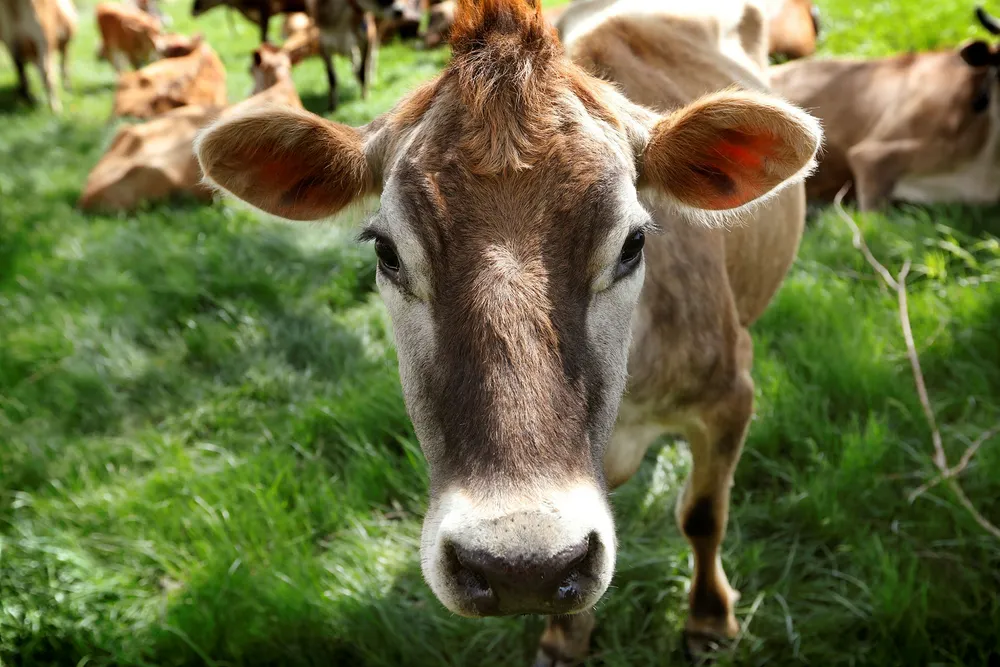'Tremendous growth potential': Happy cows contribute to the energy transition
With 1.8 million cows in California on more than 1,500 dairy farms, a Chevron-supported joint venture sees tremendous potential for growth in the renewable natural gas market
